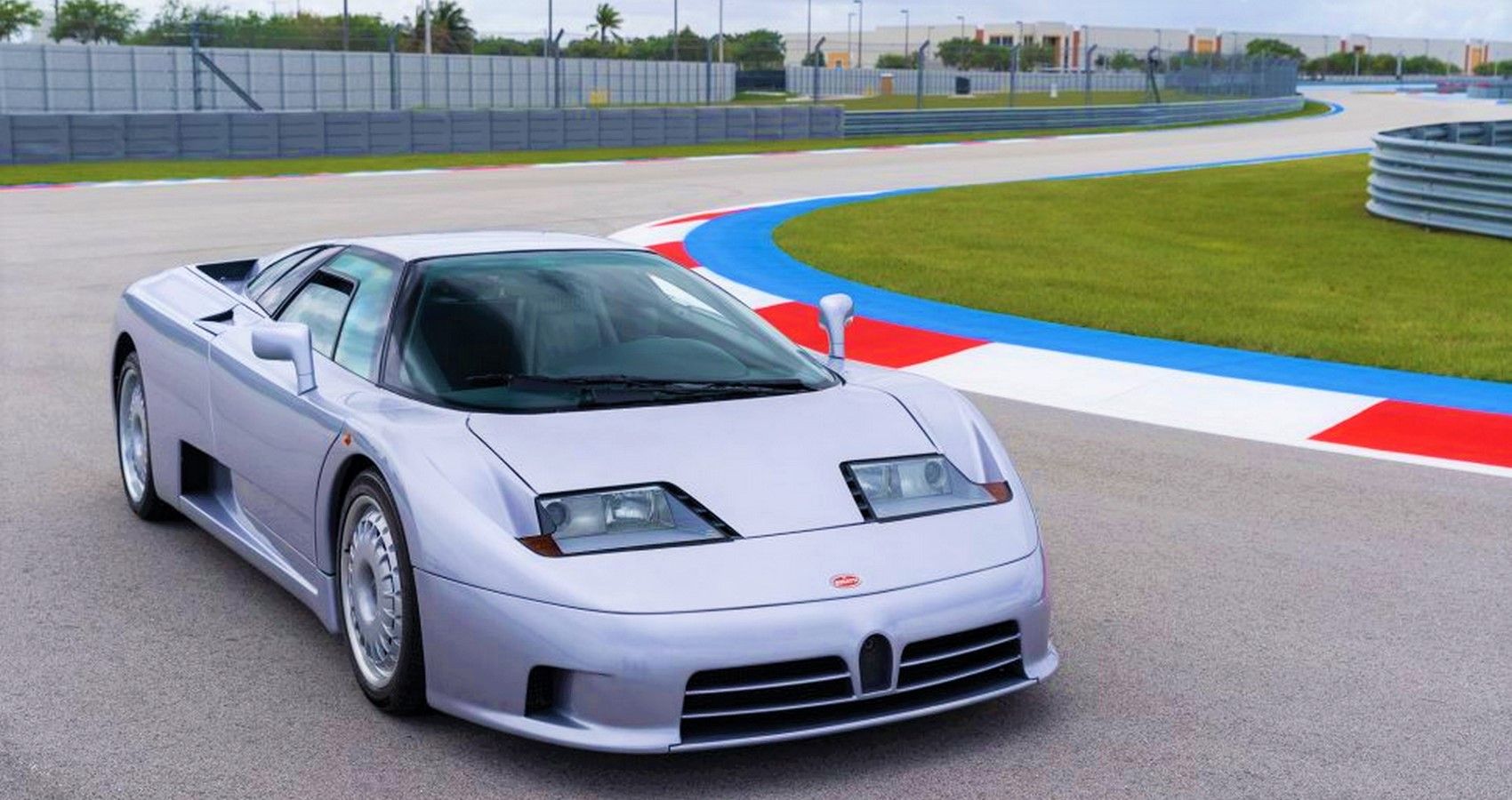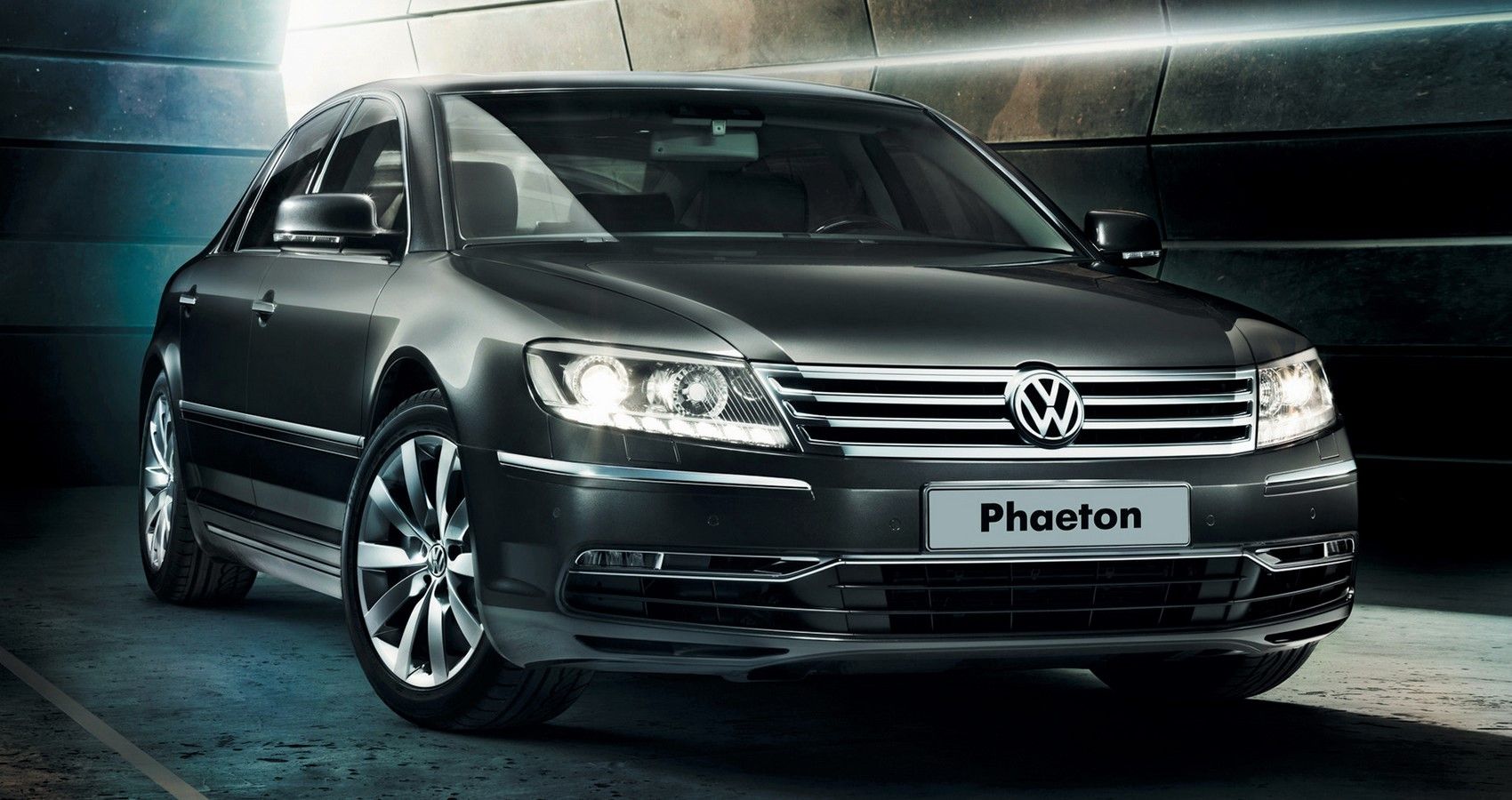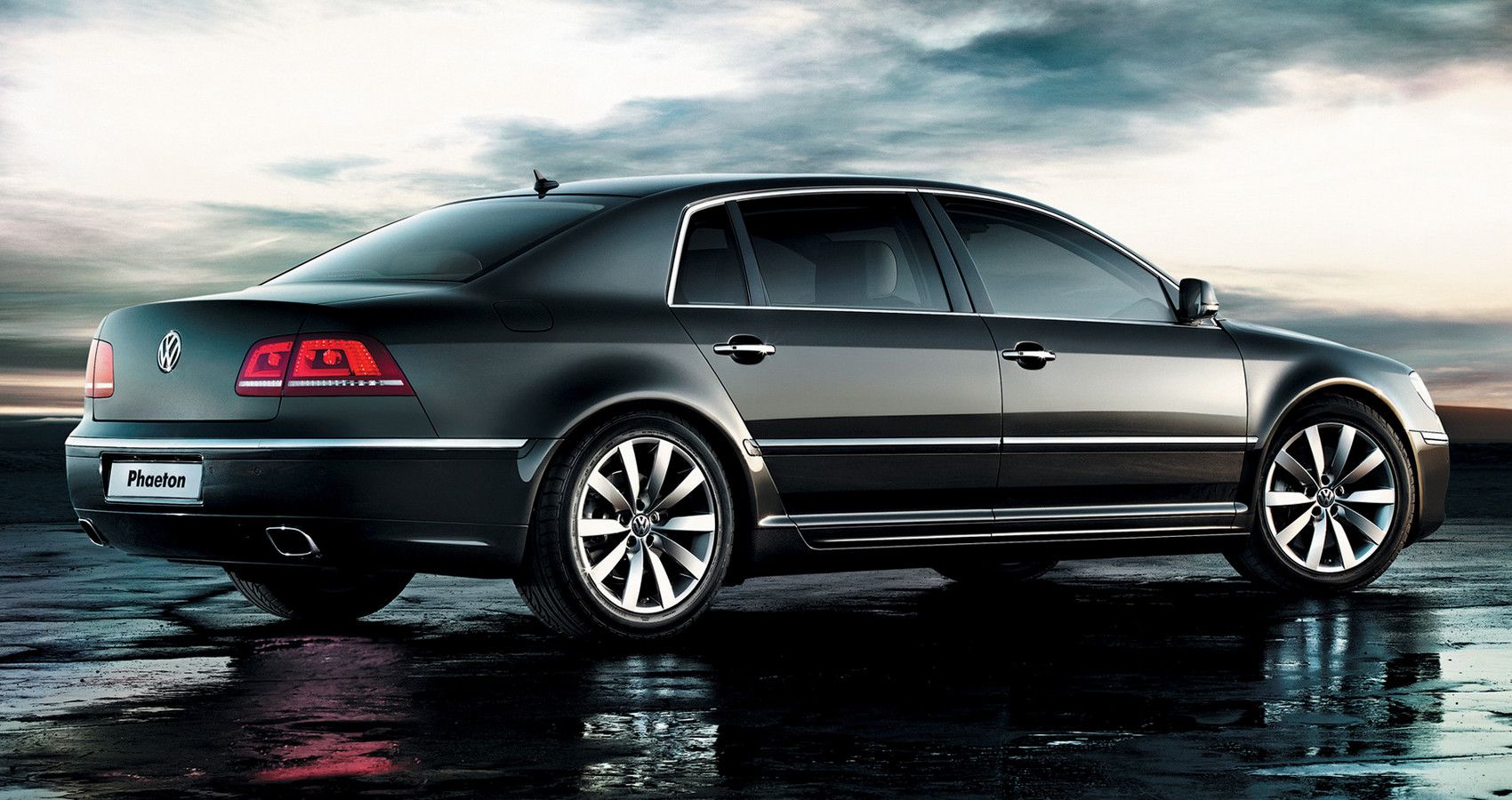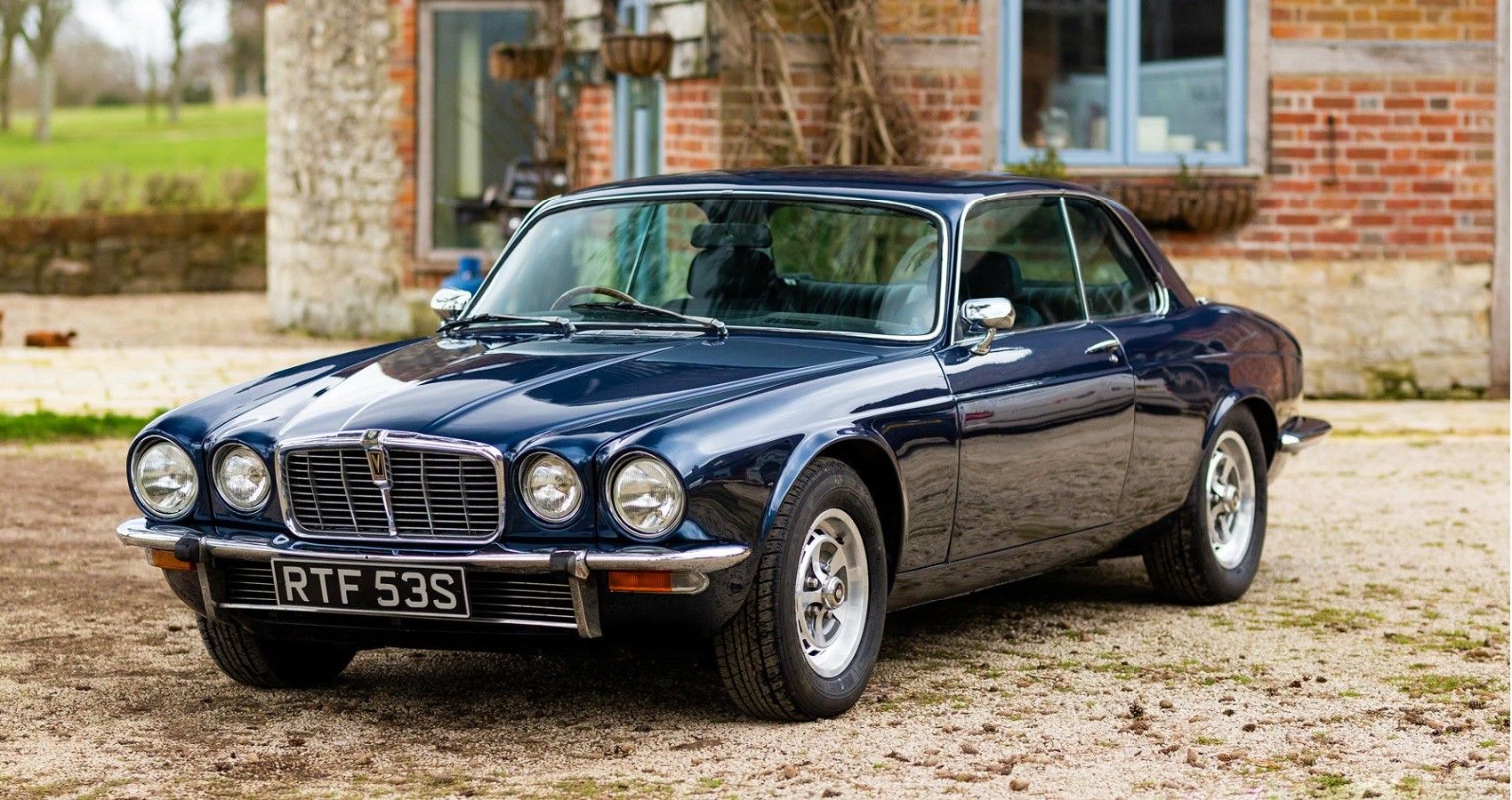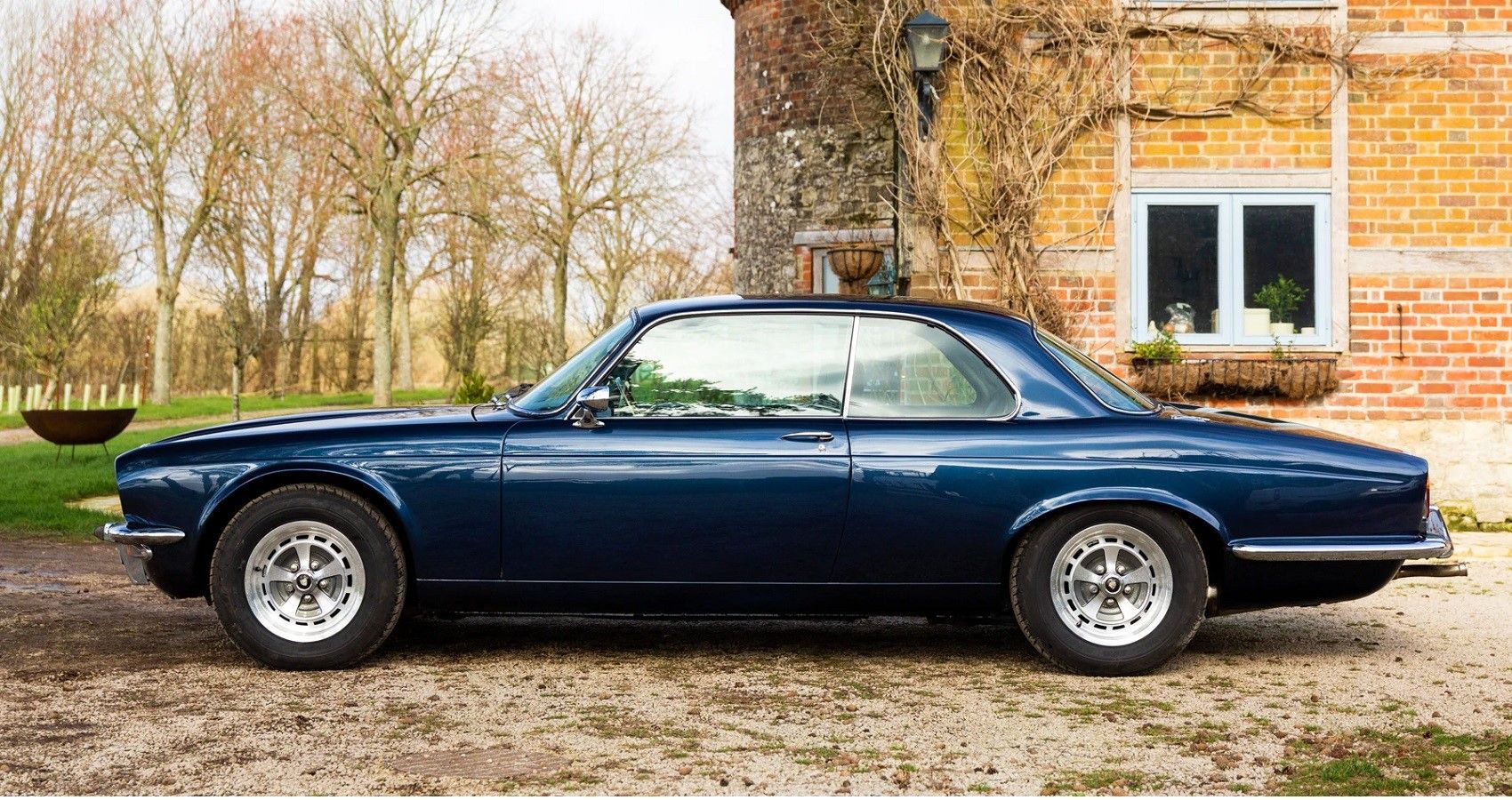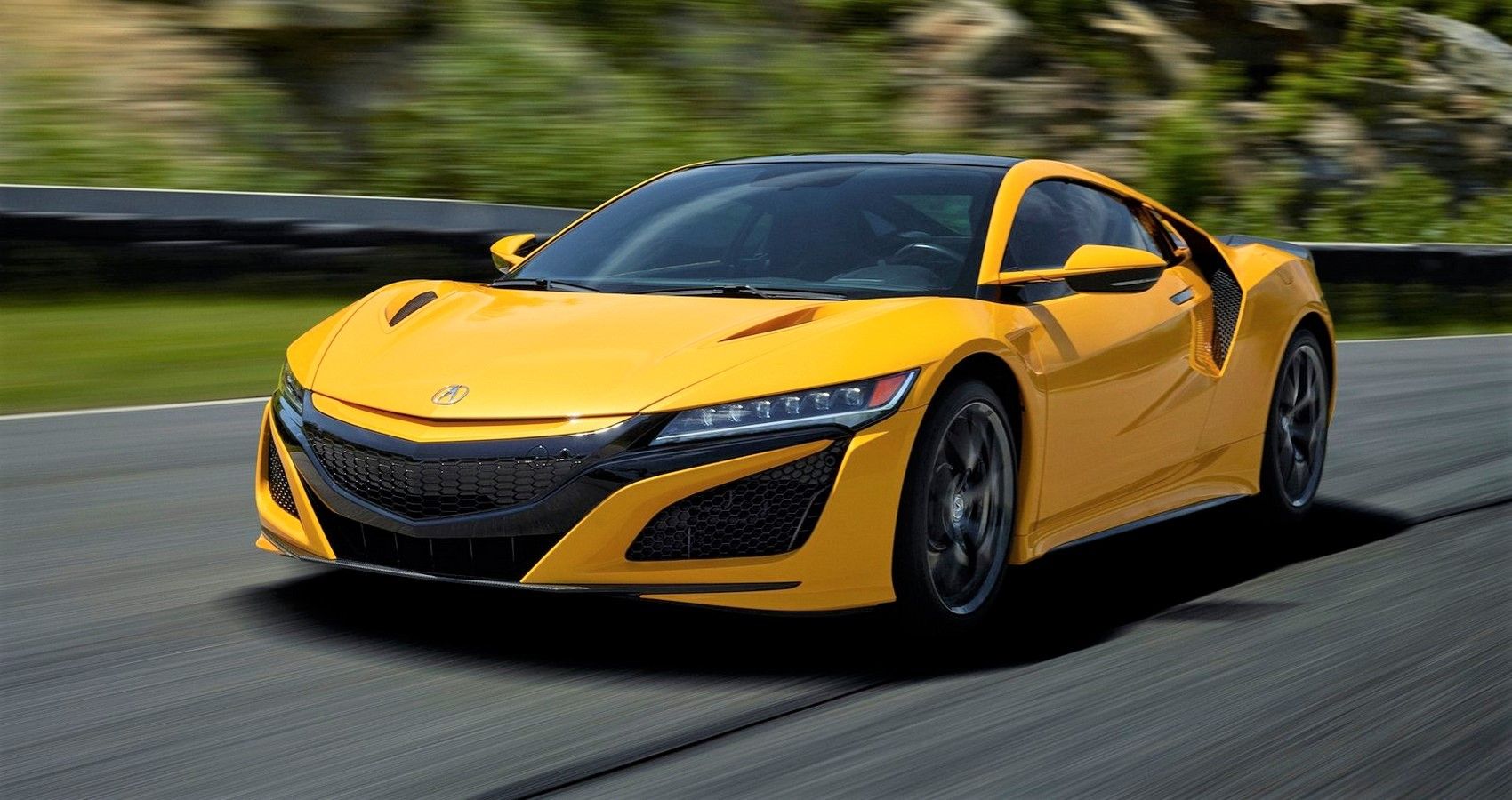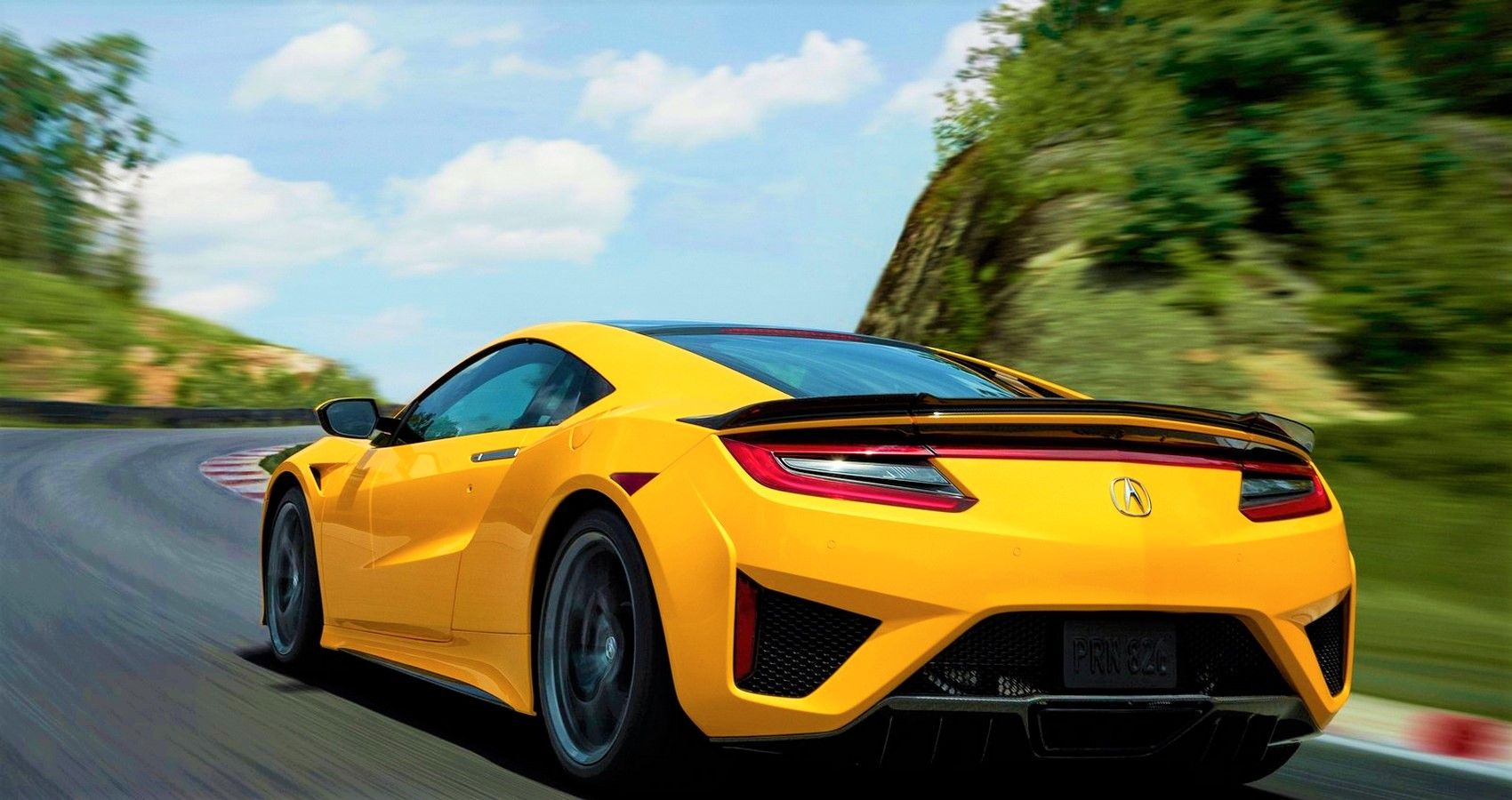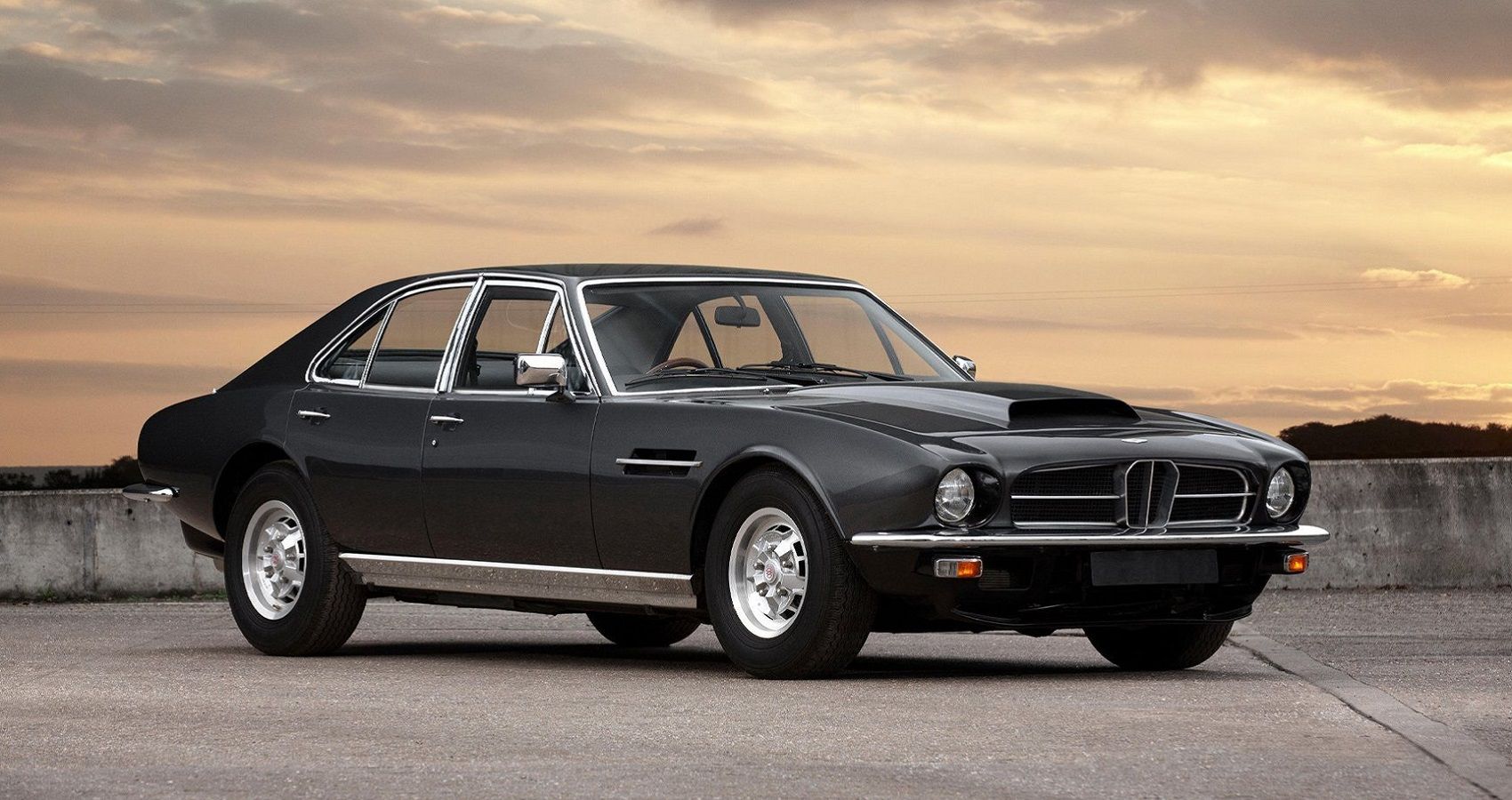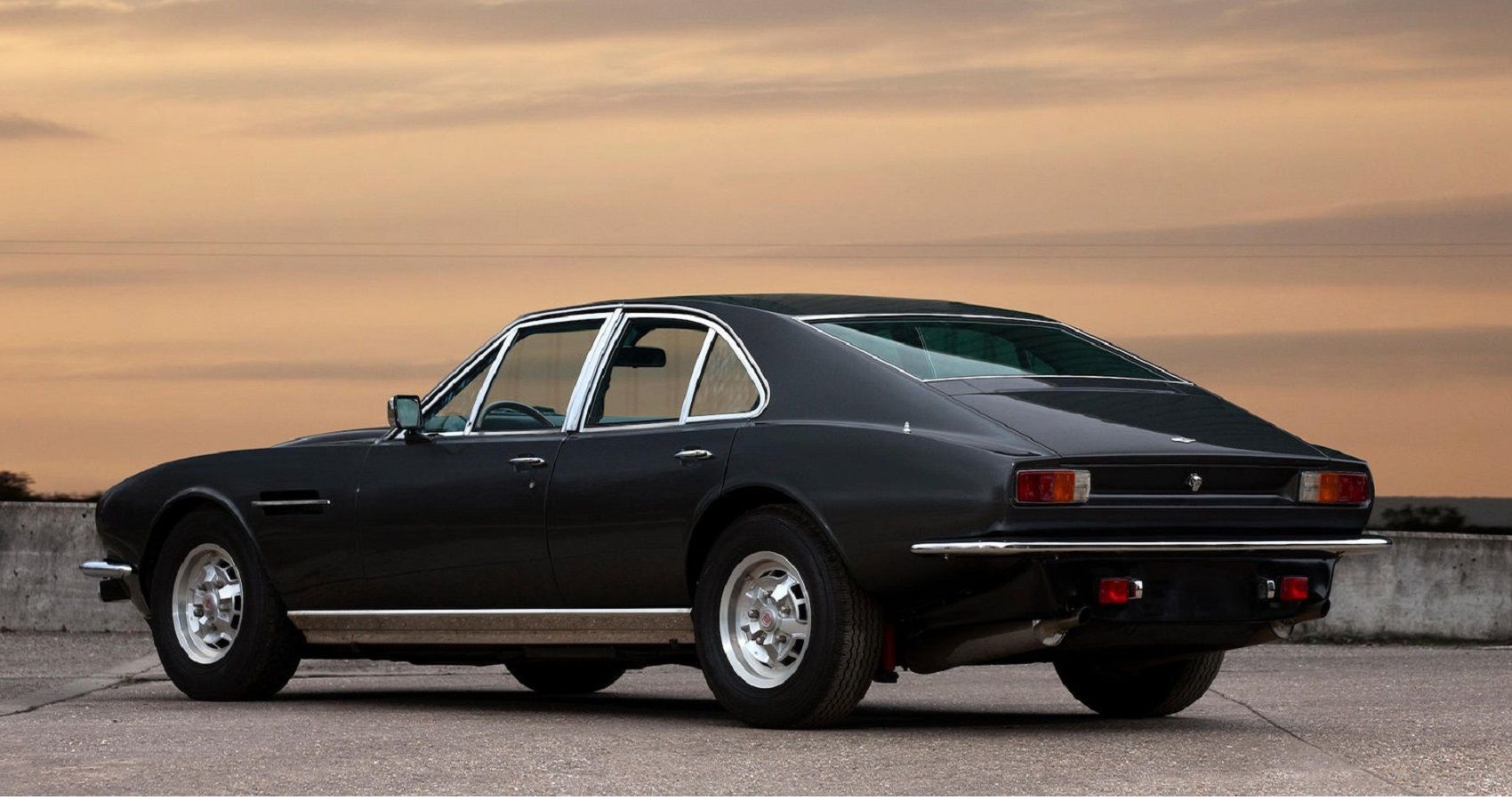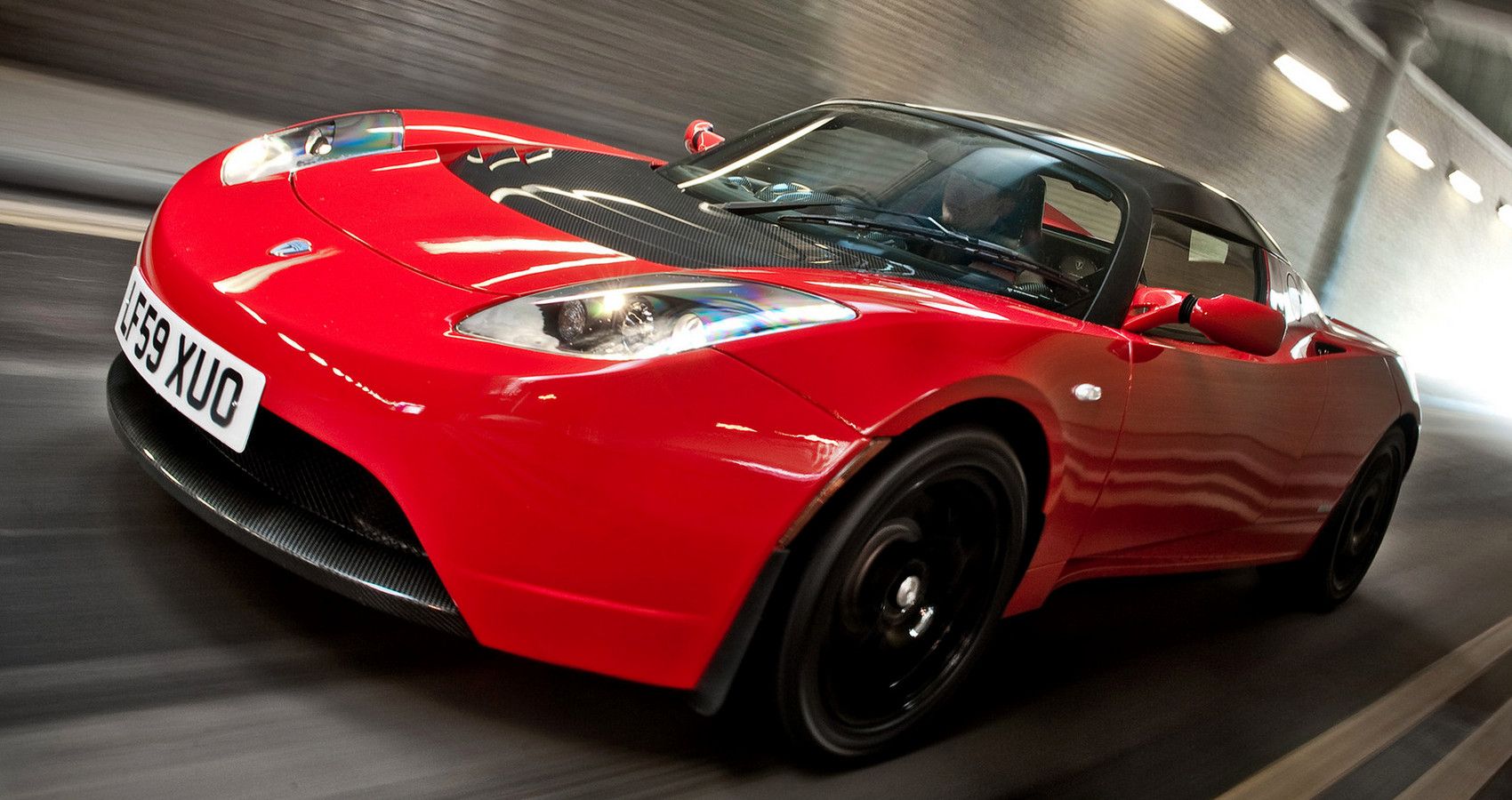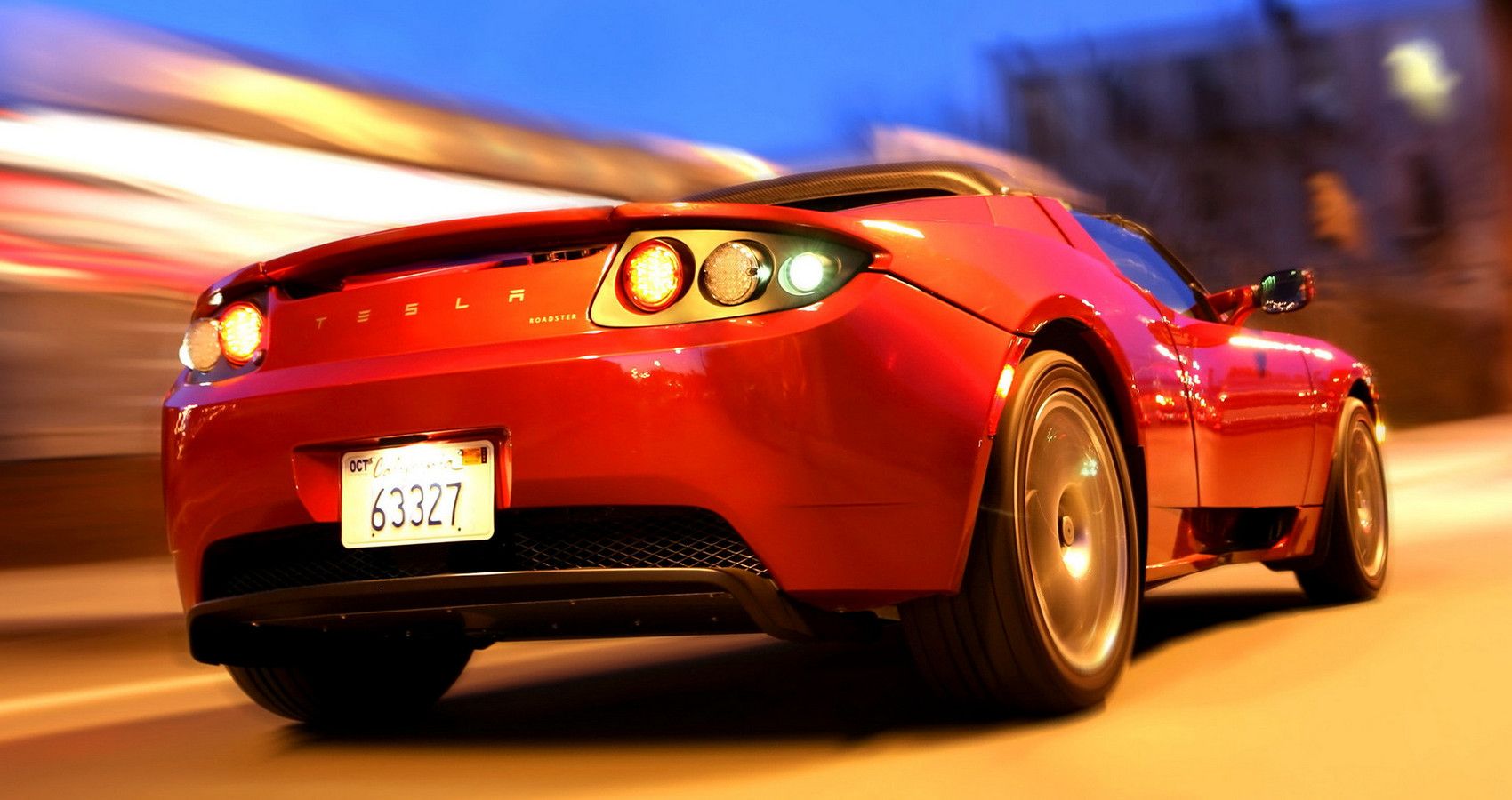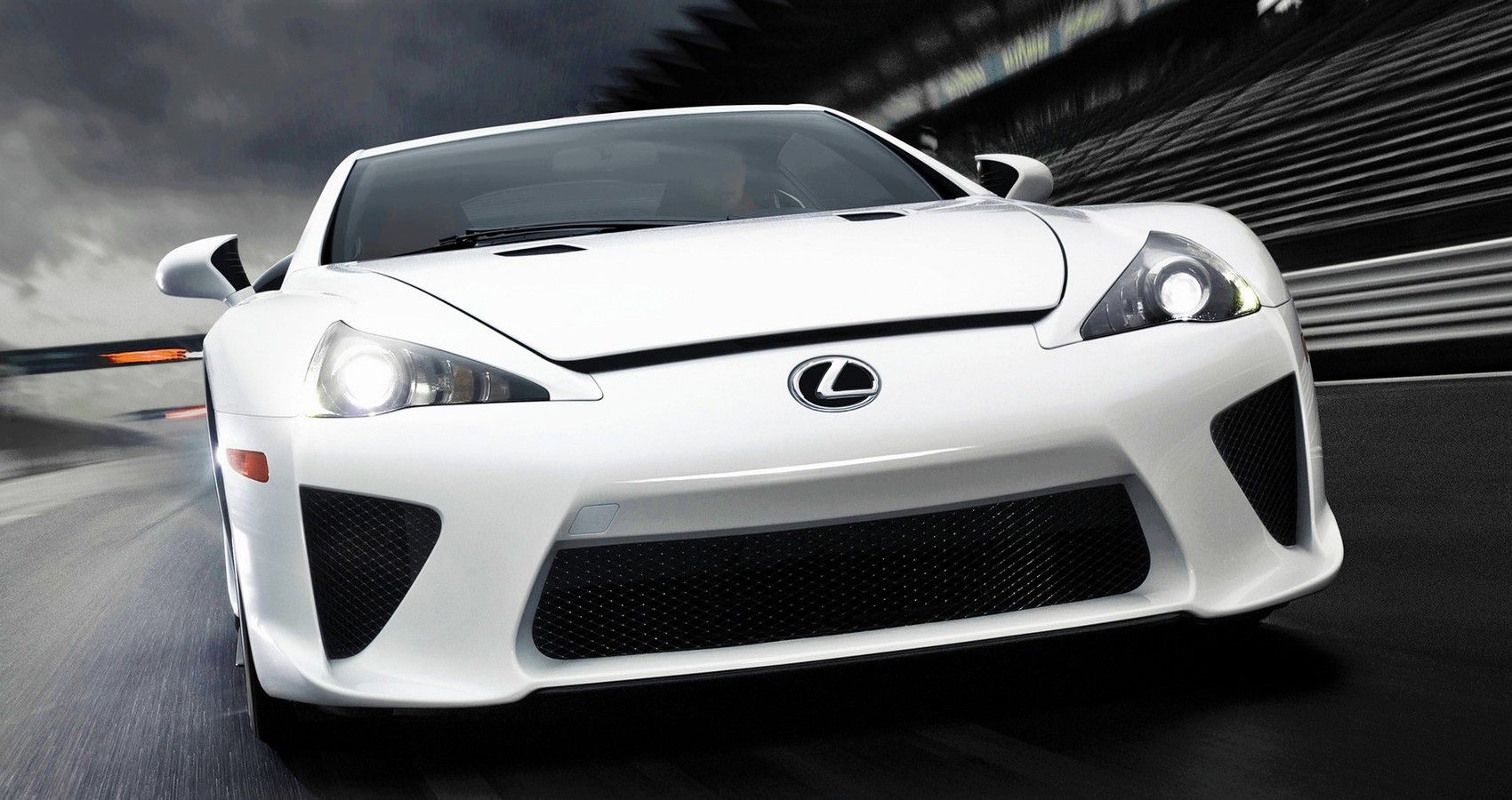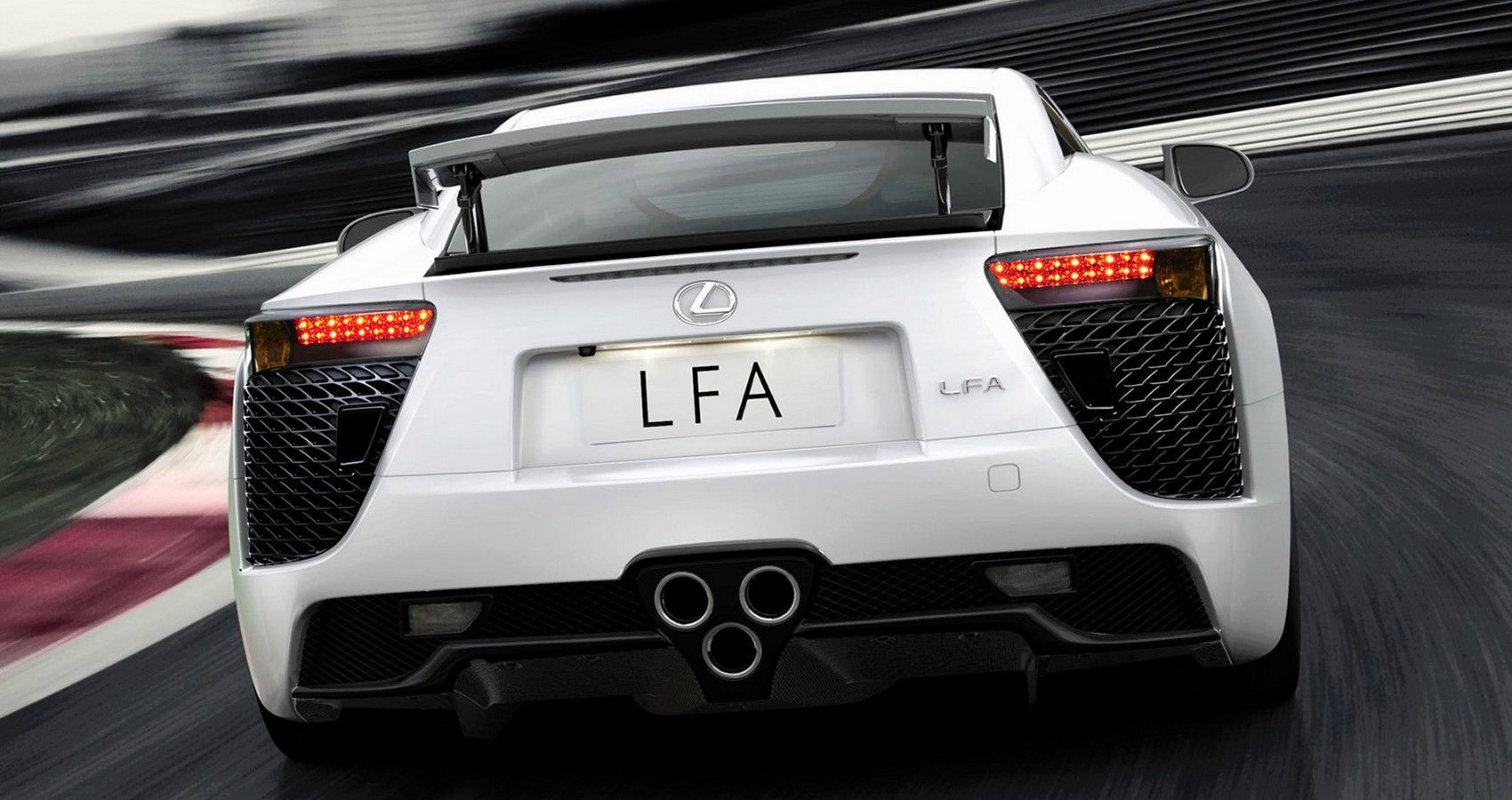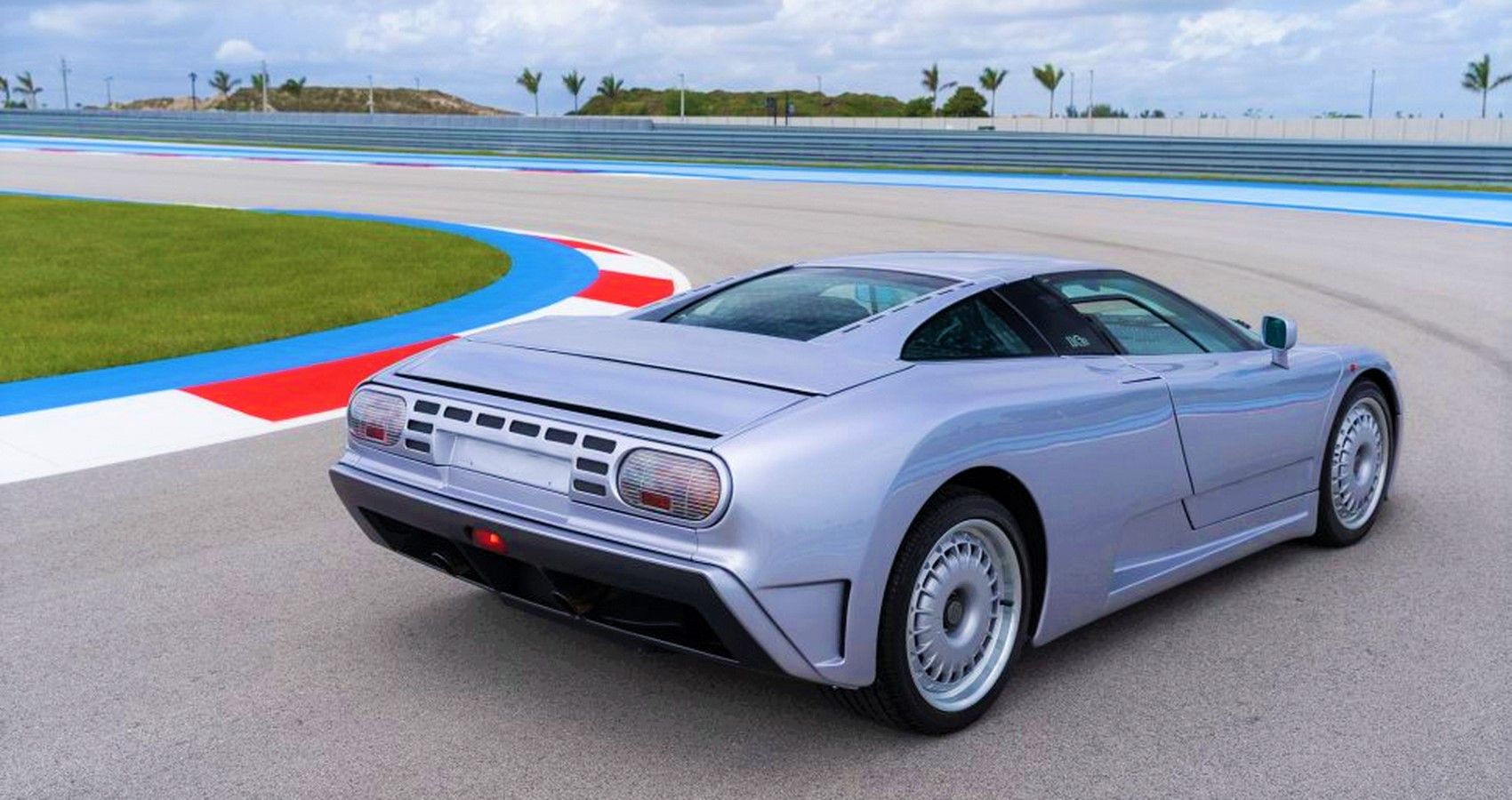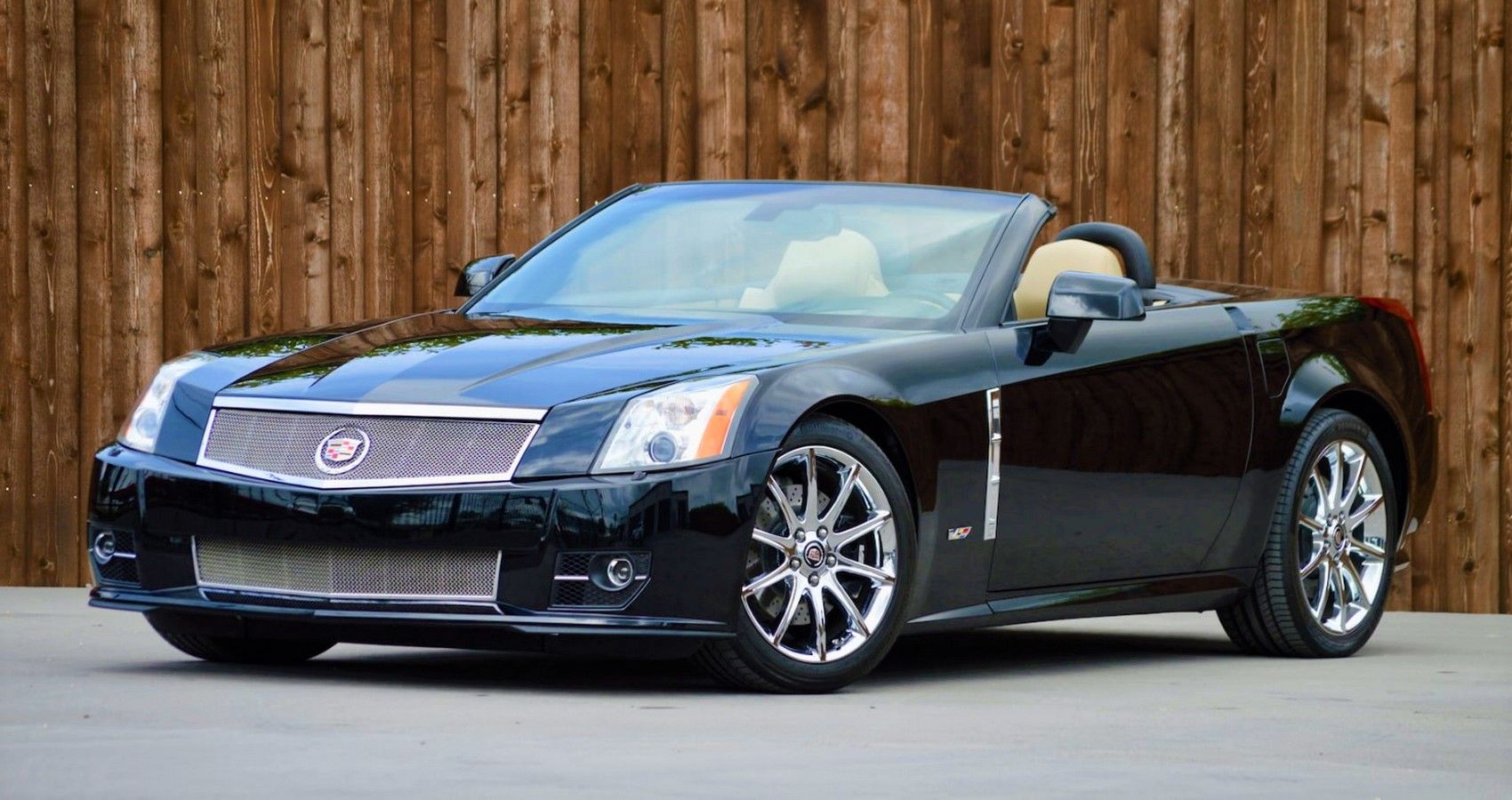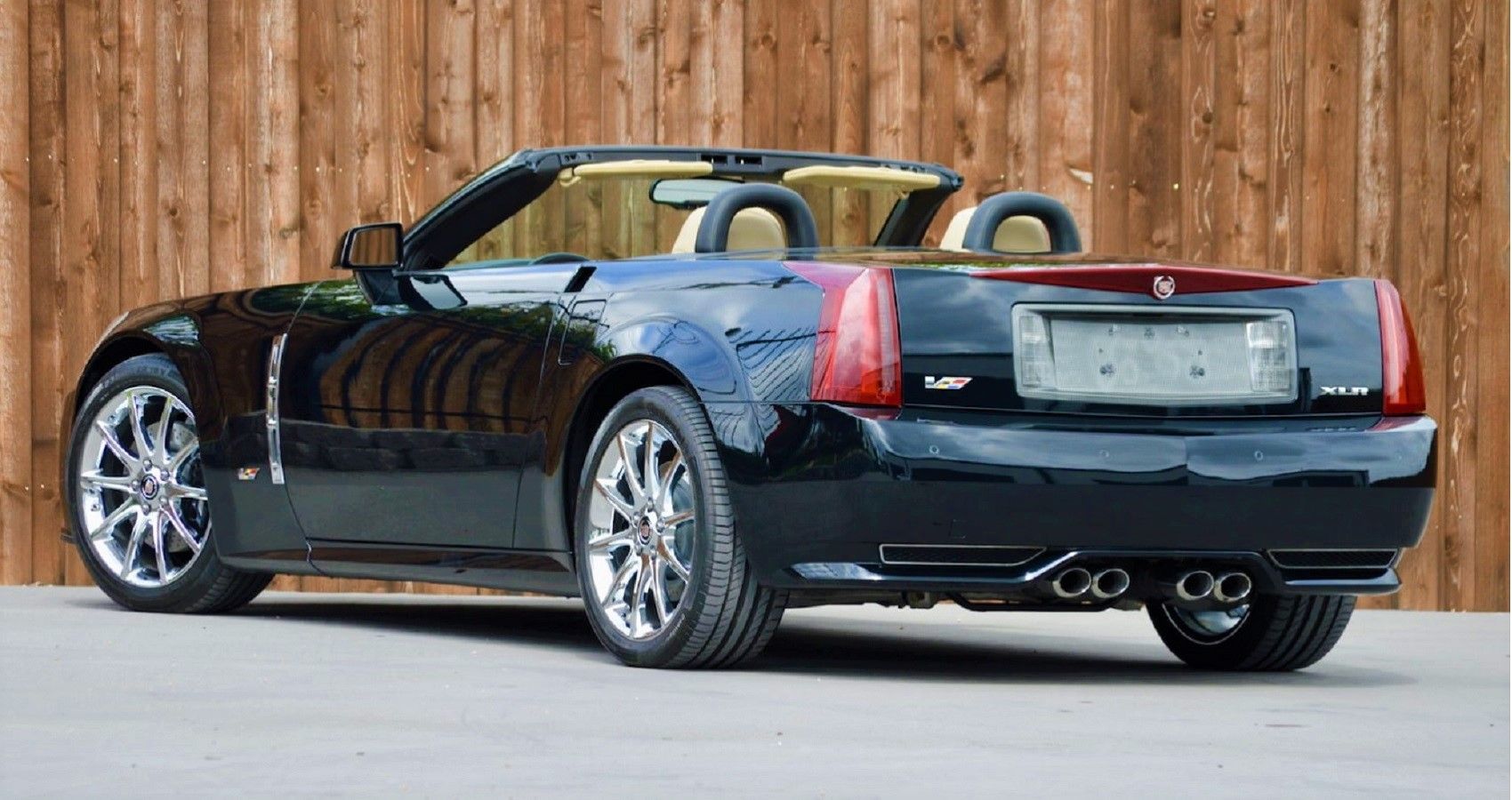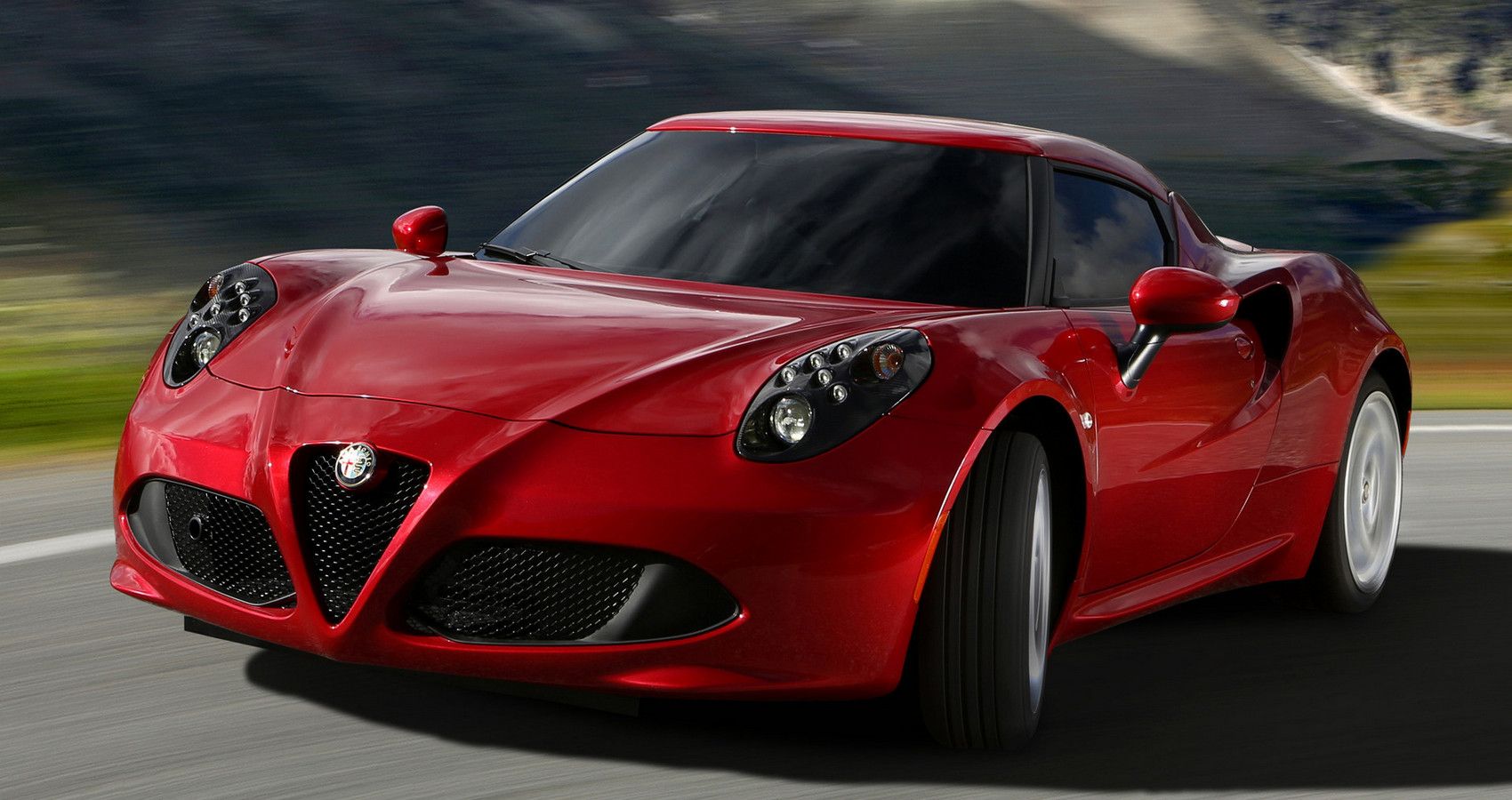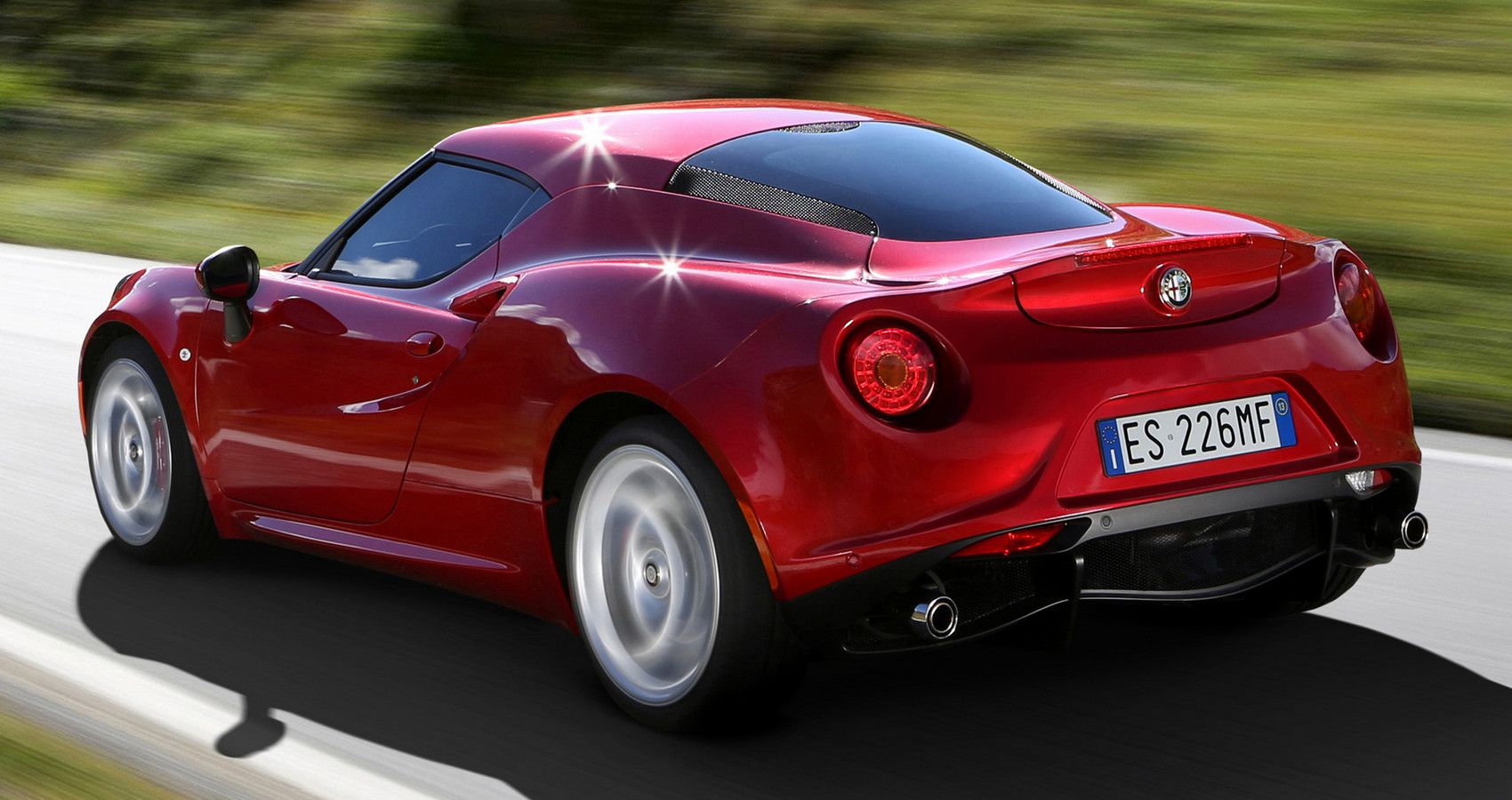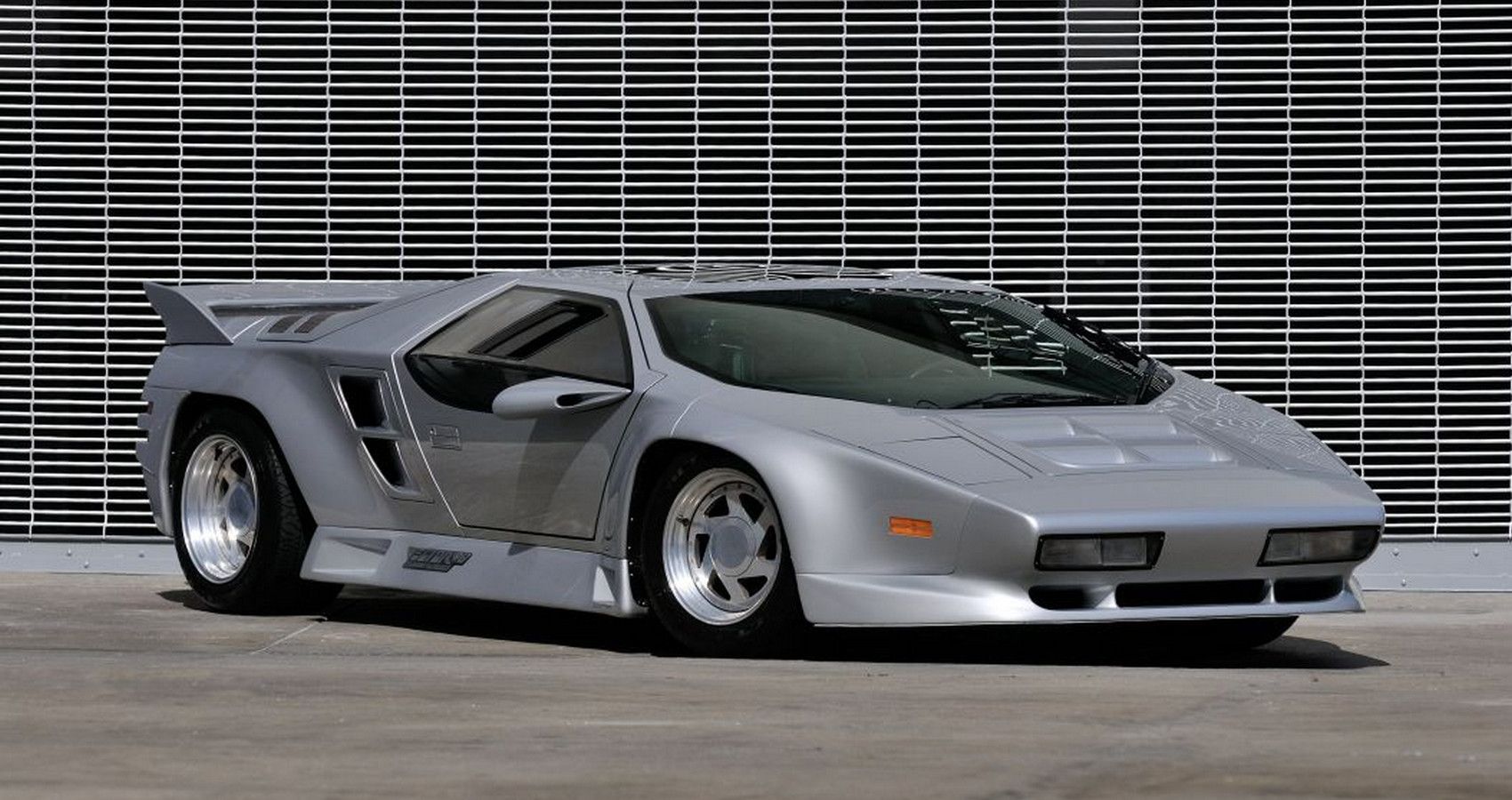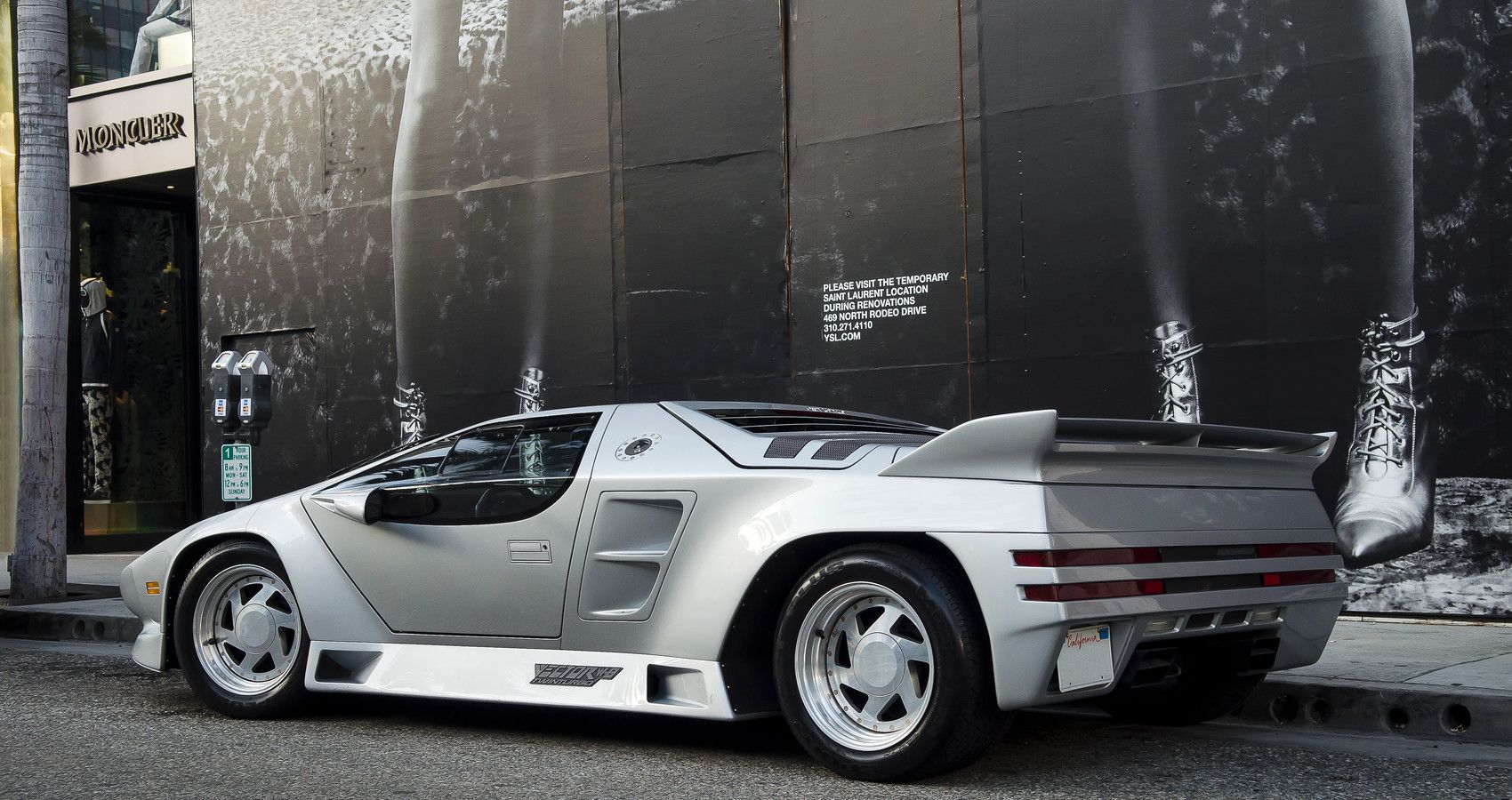In what must be any carmaker's worst nightmare, the potential for greatness and success is never far away from commercial failure. From sports cars to sedans, everything can turn into a flop regardless of price and segment.
Falling foul of fickle buyers and the press even the biggest carmakers are vulnerable. Ask Ford executives why the Edsel marque flopped, and it won't be for lack of design and engineering. Likewise, thirty years later Pontiac's much-derided Fiero never achieved the greatness it promised. Cars, buyers, and the designers themselves are not averse to an occasional cock-up.
In a worst-case scenario, poorly received models can take down a company. And for a multitude of reasons too. BMW's 507 was a masterpiece of design that flopped on cost grounds, in the process nearly bankrupting the company. So much for the much-vaunted German efficiency. Thankfully titanic flops on this scale are few and far between, but never say never.
In a cruel but ironic twist of fate, cars that flopped years ago do stage a comeback among collectors. Anything rare due to low production numbers is highly prized pushing values up. Go figure, even the worst great cars are worthy of success.
10 Volkswagen Phaeton
Big German luxury sedans are a pretty common sight. But how many come with a silky smooth W12 engine? Yep, the Phaeton diverged from the norm with a unique engine design that went on to power a handful of Bentleys.
Under any other prestige badge, Volkswagen's flagship motor with 444 hp on tap would have been a smash hit. However, poor sales forced VW to rethink its strategy and eventually killed the W12 engine in 2011. The W12-powered was a great car that few people bought, with US sales amounting to just 500 cars.
9 Jaguar XJ-C V12
By far the best-loved Jaguar XJ series sedan, the Series III was a huge hit selling 132,000 cars. But a lesser-known 2-door coupe variant fared less well. It was in effect a platform-shortening project that took all the good bits of the XJ in a sportier body. A win for sure? Well not quite, despite a sleeker profile the XJ12-C tanked.
In part, the XJ-Cs build was too complex for Jaguar's facilities and suffered many delays. But, once production was underway, the 5.3-liter V12 engined super Jag flopped. Produced between 1975-1977, sales figures total 1855 cars – hardly a success.
8 2017 Acura NSX
Building super-efficient sports cars are one thing, but making them appealing to buyers is much harder. A case of second time not so lucky, the NSX tanked failing to reach 3000 sales globally. A hybrid-assisted V6 turbocharged engine cranking out 573 hp was a good start.
But, all the supercar-busting performance in the world couldn't lure buyers into showrooms. Despite a premature death, the NSX is one of the greatest sports cars of this century. Sadly, pricing and a less-than-premium badge killed the NSX.
7 Aston Martin Lagonda
Of the great cars that flopped, none come close to Aston Martin's Lagonda. No, not the wedge-shaped leviathan that most gearheads remember but the earlier 1974 model. Designed to fill a need that never existed, the Lagonda used a stretched DBS platform.
Under the hood, Aston retained its familiar 5.3-liter V8 dishing out 280 hp and giving a top speed of 149 mph. Given a choice, this one being a prettier and more traditional design is the Lagonda we'd opt for. Sadly for Aston, sales reached 7 cars making it the biggest flop featured here.
6 Tesla Roadster
Tesla's astonishing performance claims for current models are enough to tempt anyone, but turn back the clock to 2008 and things were less rosy. The Roadsters launch hinted at a future of EV performance with 60 mph coming up in 3.7 seconds.
Despite a few teething issues, Tesla proved EVs were a viable alternative to gas burners. A great car, fast, green, and efficient, the Roadster had everything it needed to be a worldwide success. Over four years Tesla's hopes faded on dealer forecourts selling 2450 cars.
5 Lexus LFA
Japan's best supercar bar none. Brutally fast thanks to a mid-front mounted V10 punching out 553 hp, the LFA runs to an impressive 202-mph top speed. Better still, Japanese reliability makes the LFA one of the best cars ever made.
By the time Lexus had gotten around to building the LFA, gearheads had already moved on. Equal or better performance was readily available elsewhere, and cheaper too. Had it not been for production and pricing issues, the LFA would have been a bigger success.
4 Bugatti EB110
The world's fastest production car in 1991 with a recorded top speed of 212 mph. An extravagant two-seater carbon-fiber-bodied missile resurrection of the Bugatti brand. The EB110's story started with a 3.5-liter quad-turbocharged engine kicking out 553 hp and more than 600 hp in SS trims.
A great Bugatti revival looked assured. Sadly, Automobili Bugatti lacked the resources and clients to sustain output. In 1995 production stalled at 139 cars, and the factory closed down. A handful of chassis and spares went to Dauer Sportwagen. Joining the ranks of failed supercars, the EB110 deserved better.
3 Cadillac XLR-V
As hot editions go, the XLR-V is a sure-fire winning combination of class and performance. As a sales prospect, the GM cross-engineering project flopped. The similarities are in reality much closer. Peel away the razor-sharp body, and you'd struggle to separate Vette from Caddy.
Here lies the reason for the XLR-V's disappointing sales. Listed at $100,000 the Cadillac despite a 4.3-liter V8 chucking out 443 hp represented poor value for money. At the time, a C6 Corvette for half the price was just as quick. Over the XLR-V's short production run, Cadillac produced a tiny 15,000 cars.
2 Alfa Romeo 4C
The allure of a sporty Italian number would normally be a recipe for success. In 2013, Alfa Romeo tried to cash in on its Italian roots with a small sports car earmarked for the US market. On the face of things, the Maserati-built 4C was a carbon-tubbed speed machine.
Under the Alfa's lightweight body, you get a 1.75-liter turbocharged engine cranking out 237 hp. It's a mix of buzzing acceleration and agility that should have every gearhead queuing up. In reality, the 4C flopped marking the end of Alfa Romeo's sports car hopes for the US. By 2019, monthly sales were in the low double-digit range.
1 Vector W8
Launched amid of flurry surrounding a claimed top speed of 242 mph, the W8 promised great things. The first production cars used a revised twin-turbocharged V8 cranking out 625 hp. However, dyno-tested power figures reached 1200 hp. Those lofty high-speed claims looked possible.
Sadly for Vector, the W8 wasn't quite production-ready. On the receiving end of many poor reviews, interest waned and orders evaporated. In total production, numbers stood at 19 customer cars bringing an end to the W8 dream. Vector's attempt at greatness flopped, not through design but through quality.

